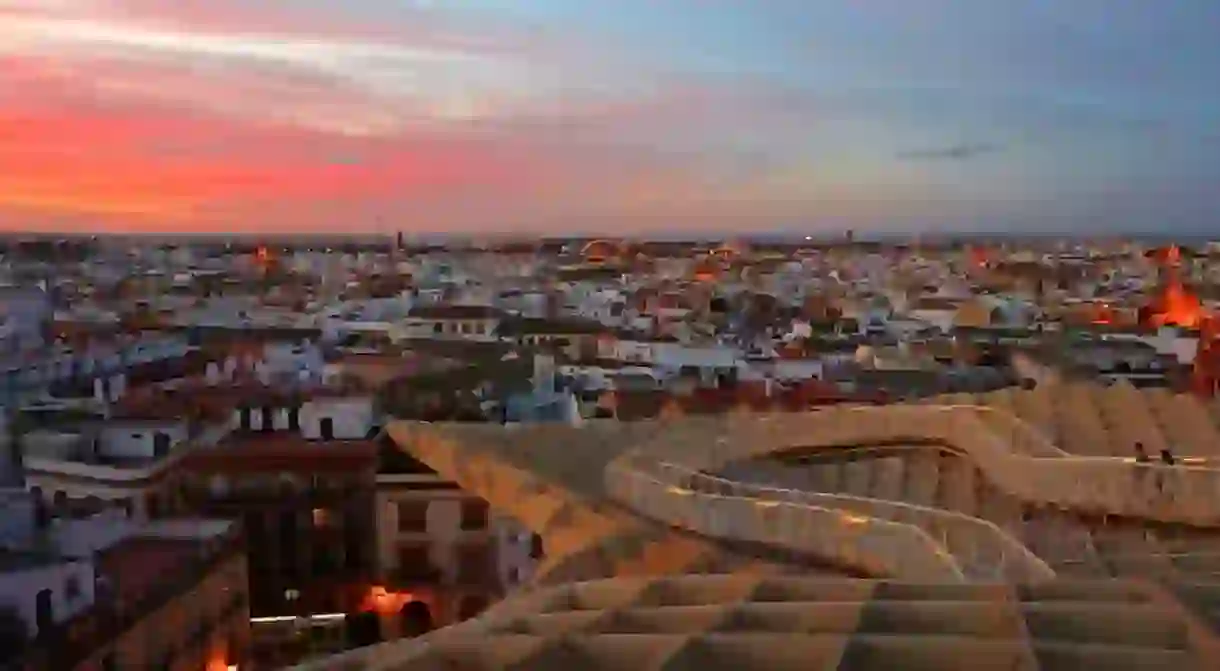7 Reasons Why You Should Visit Seville at Least Once in Your Lifetime

Seville’s motto is “No me ha dejado”—“It has not forsaken me”. Hinting as it does at the captivating effect this city has on all who visit it, it couldn’t be more appropriate for the Andalusian capital. Here are seven reasons why Seville should be on everyone’s bucket list.
Bullfighting and the bullring
The banks of the Guadalquivir
Flowing through the middle of Seville is the distinctively-green Guadalquivir river, which is now spanned by several ornate bridges connecting the city’s two halves. Seville owes a great deal to the murky waters of the Guadalquivir; flowing out into the Atlantic through the Bay of Cádiz, it gave the city a trading monopoly with the New World after its discovery by Christopher Columbus in 1492. Riches from the Americas poured into Seville and the city became enormously wealthy and powerful as a result. On sunny weekends (and there are great deal of them here), the lush banks of this great river are crowded with locals enjoying an activity named botellón, in which they carry their own booze down to the river and enjoy spontaneous, open-aired house parties. Blending in among them and indulging in your own riverside botellón is a great way to spend an afternoon in Seville, not least because it enables you to escape the ferocious heat and big crowds of the city centre.
Triana
There are no shortage of neighbourhoods in Andalusia where time stands to have stood still; barrios in which the homogenising trends of modernity have failed to take hold. One of the most enchanting of them all is Triana, the former gypsy quarter of Seville sitting on the other side of the river from the historic city centre. Many great flamenco artists and bullfighters have come from its attractive yellow and white-fronted houses, which are decorated with the pretty tile mosaics for which Triana is famous; indeed, as you arrive here via the Isabel II bridge, you are greeted by a statue of Juan Belmonte, the Triana-born matador said to be the greatest of the 20th century. Triana is also packed with traditional tapas bars—kitted out with the mandatory mounted bulls’ heads, bullfighting posters and pictures of a weeping Virgin Mary—offering insanely cheap drinks and snacks, meaning you can keep yourself well-refreshed whilst exploring this unforgettable neighbourhood.

The cathedral
Cathedral, Church, Mosque

The Royal Alcázar Palace
Building, Cathedral, Historical Landmark

Santa Cruz
Museum














